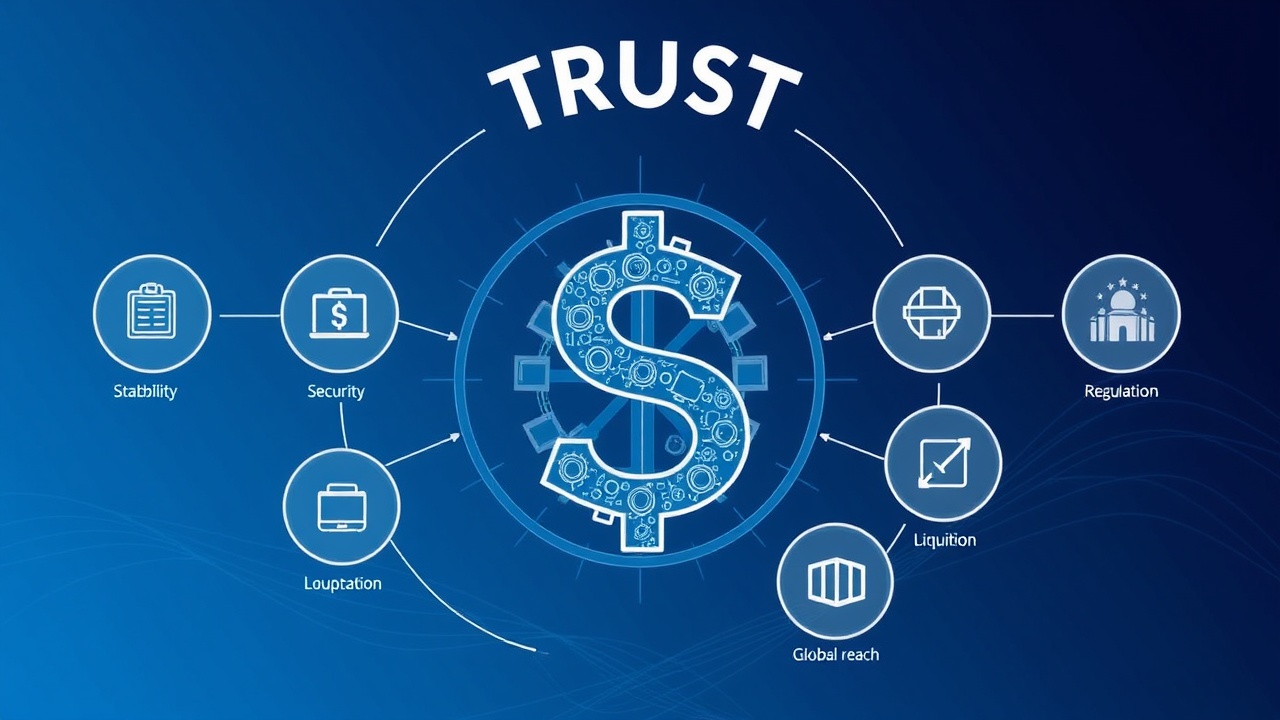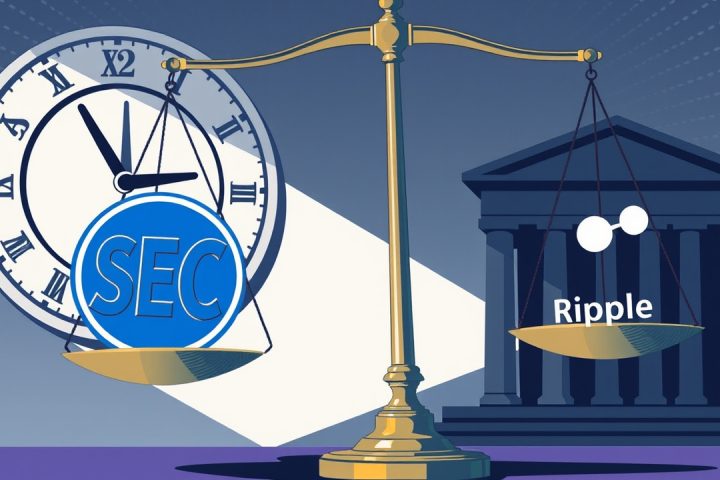Introduction of RLUSD
Ripple has officially entered the stablecoin market with the introduction of RLUSD, a digital currency pegged to the U.S. dollar. Launched on December 17, 2024, RLUSD aims to establish itself as a reliable alternative to existing stablecoins like USDC by offering a transparent and compliant framework under rigorous regulatory scrutiny from the New York Department of Financial Services (NYDFS).
Backing Structure and Stability
Unlike algorithmic stablecoins that have failed dramatically, such as TerraUSD, RLUSD enjoys a solid backing structure comprising cash, U.S. Treasuries, and bank deposits, maintaining a stable value of $1 at all times. This resilience is further enhanced by monthly audits from independent third parties, which is part of Ripple’s broader initiative to instill confidence in an often volatile financial ecosystem.
Market Timing and Strategy
The timing of RLUSD’s launch is crucial, as it comes at a moment when banks, fintech companies, and institutional investors are increasingly seeking compliant stablecoins that offer reliability and transparency. Before introducing RLUSD, Ripple fortified its credibility by establishing an advisory board that includes former regulators and central bankers.
Trading and Adoption
Currently, RLUSD trades consistently around the $1 mark, with early trading volumes appearing on platforms such as Bitstamp, Uphold, Bullish, and CoinMENA. Ripple’s plan for RLUSD goes beyond just serving crypto investors; the company envisions it as a practical solution for enterprises, remittances, and decentralized finance (DeFi) initiatives.
Accessibility and Compliance
To ensure broad adoption, Ripple has made RLUSD accessible across both the XRP Ledger and Ethereum networks, aiming to facilitate quick transactions and integrate into the growing DeFi landscape. In a market where Tether (USDT) and Circle (USDC) dominate, commanding over $140 billion in market capitalization, Ripple is focusing on compliance to differentiate RLUSD from its more established counterparts, particularly amidst Tether’s reserve opacity and Circle’s regulatory challenges.
Conclusion
While the stablecoin market has seen various entrants, with mixed success rates, Ripple is banking on its commitment to transparency and compliance as the fundamental components of its strategy. The future of RLUSD will hinge on its widespread acceptance, regulatory advancements, and Ripple’s efforts to connect the cryptocurrency realm with traditional financial systems. As interest in RLUSD grows, many might ponder its long-term impact in the competitive stablecoin environment.




